Maths Assignment: Trigonometry, Algebra, Statistics, Calculus
VerifiedAdded on 2023/01/17
|19
|2010
|36
Homework Assignment
AI Summary
This mathematics assignment solution encompasses a range of topics including trigonometry, algebra, calculus, and statistics, with applications in engineering concepts. Task 1 delves into trigonometric calculations, applying the Law of Sines to solve for sides and angles in a triangle. Task 2 explores trigonometric functions, including amplitude, period, and proving trigonometric identities, along with solving exponential equations. Task 3 covers integration, calculating areas and moments. Furthermore, the assignment includes problems on chainage and offsets using trapezoidal and Simpson's rules, along with logarithmic equations and matrix determinants. The final tasks involve statistical analysis, including frequency distributions, histograms, mode calculations, and linear regression to model relationships between variables. The solutions provide step-by-step calculations and explanations for each problem.
1 out of 19

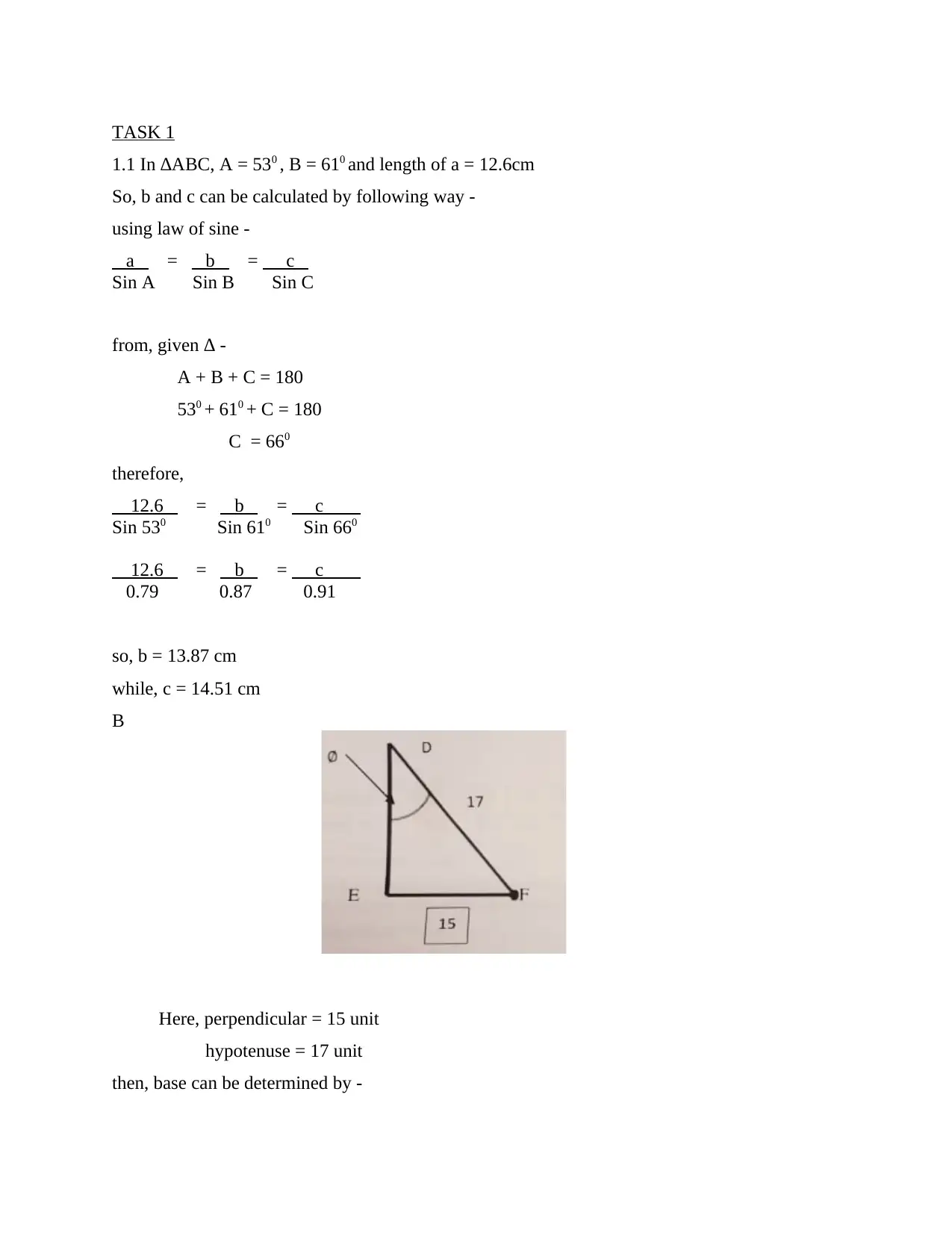
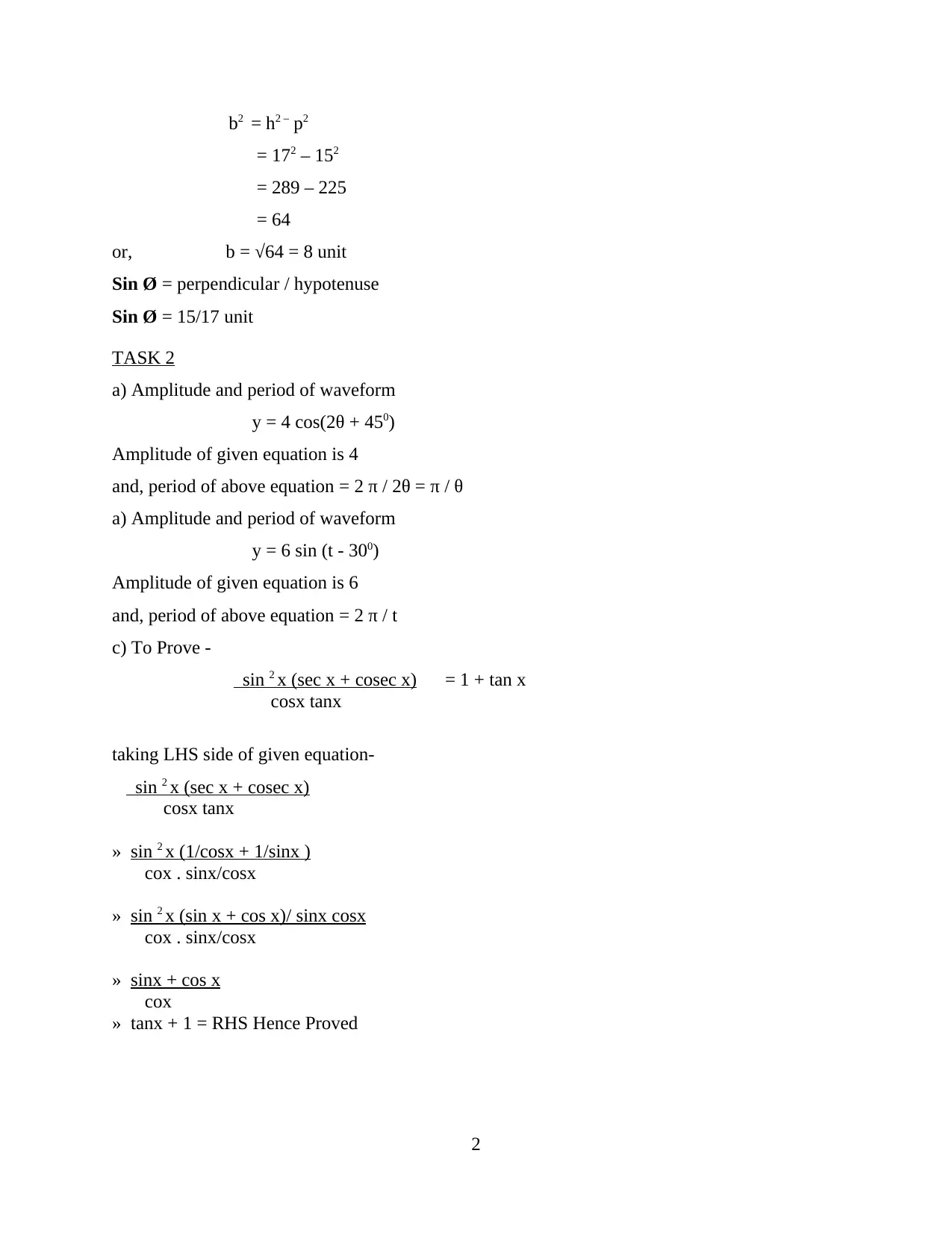

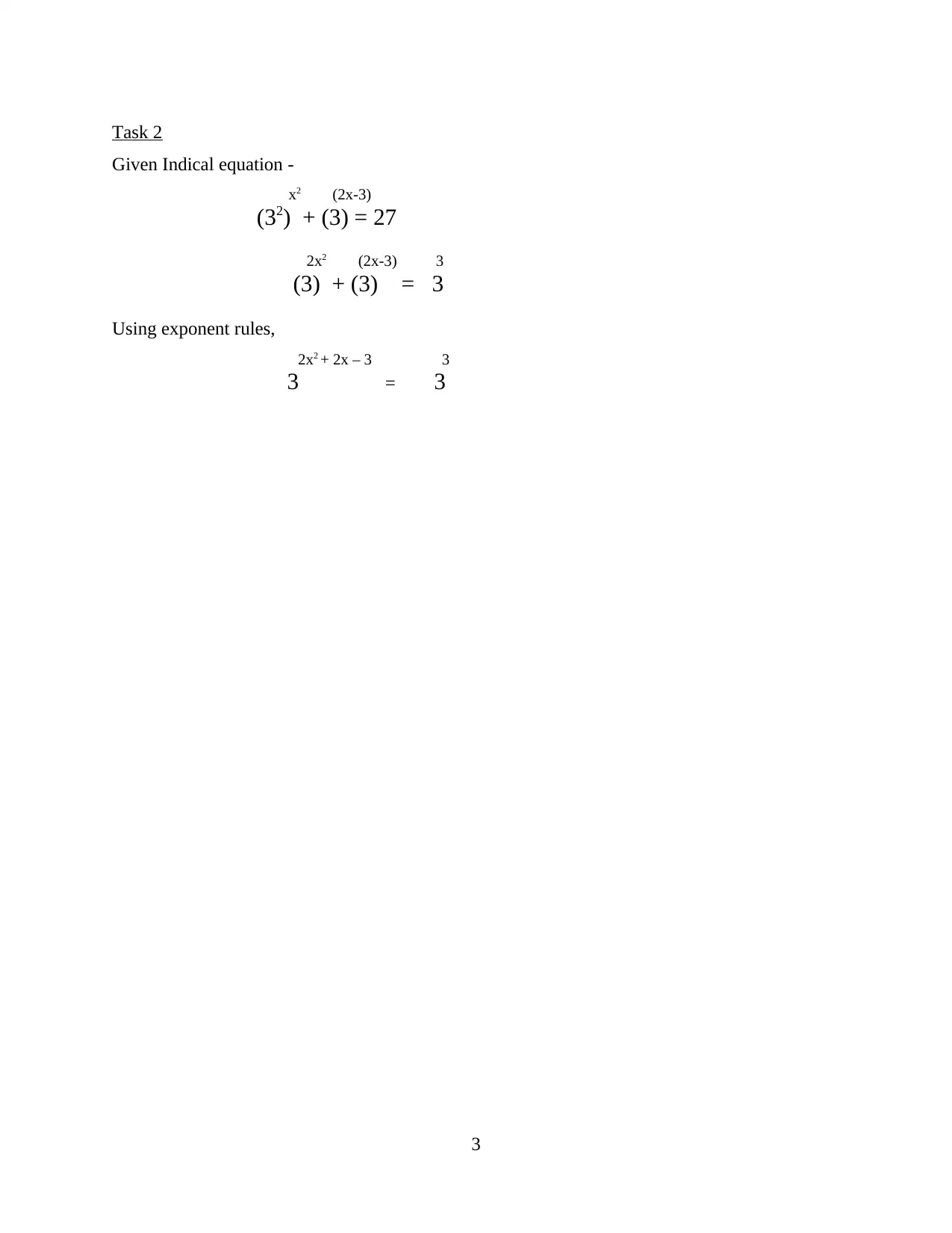
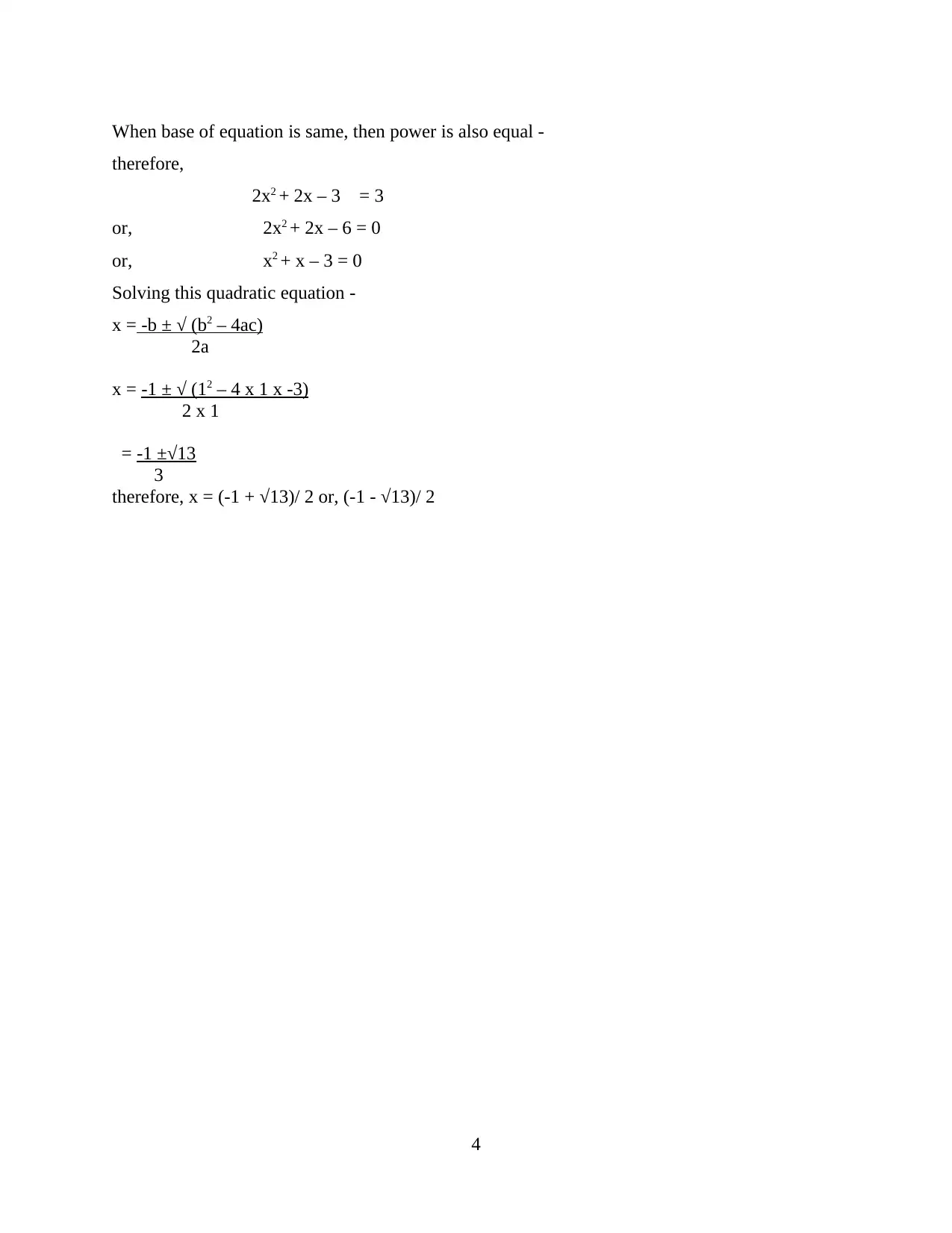
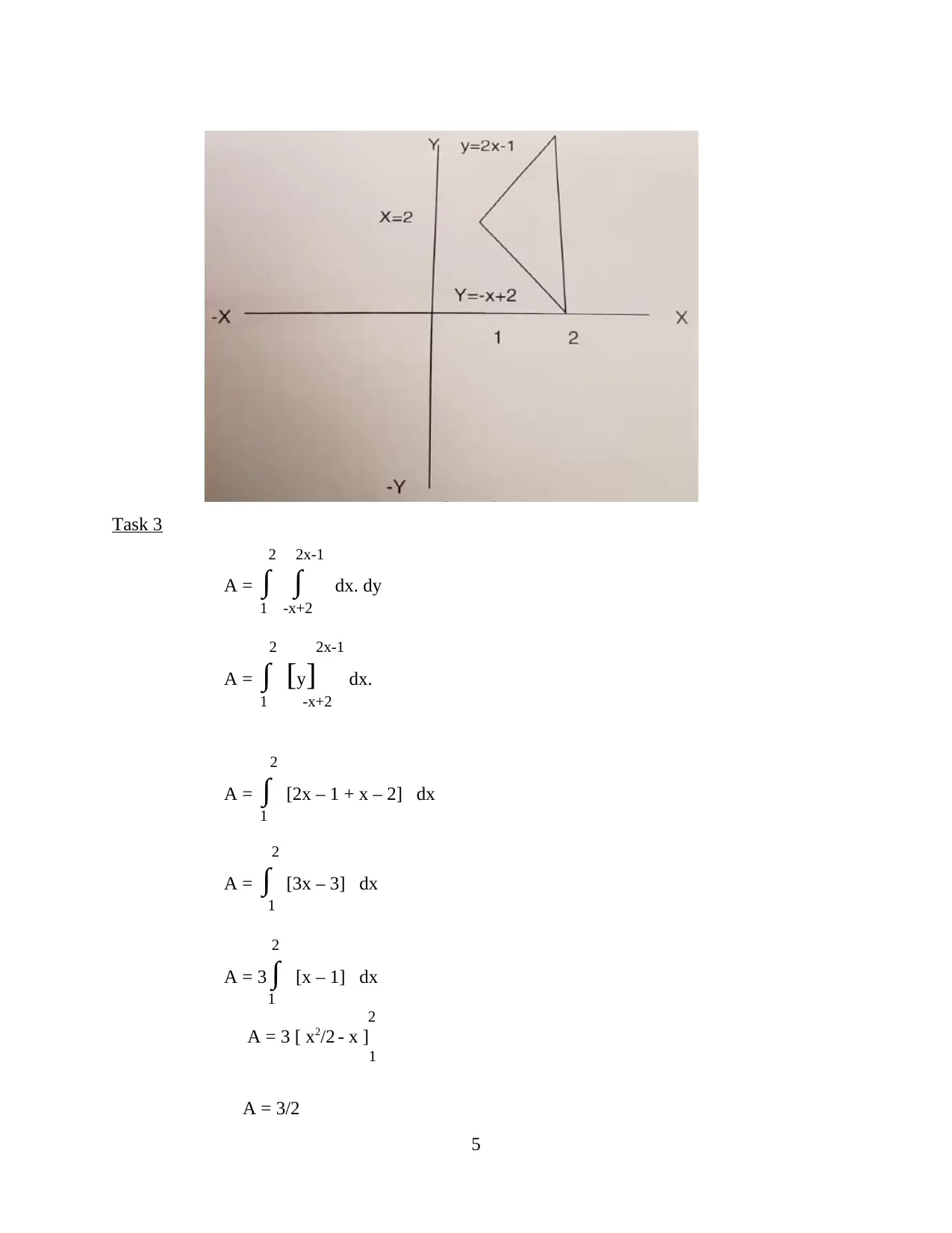
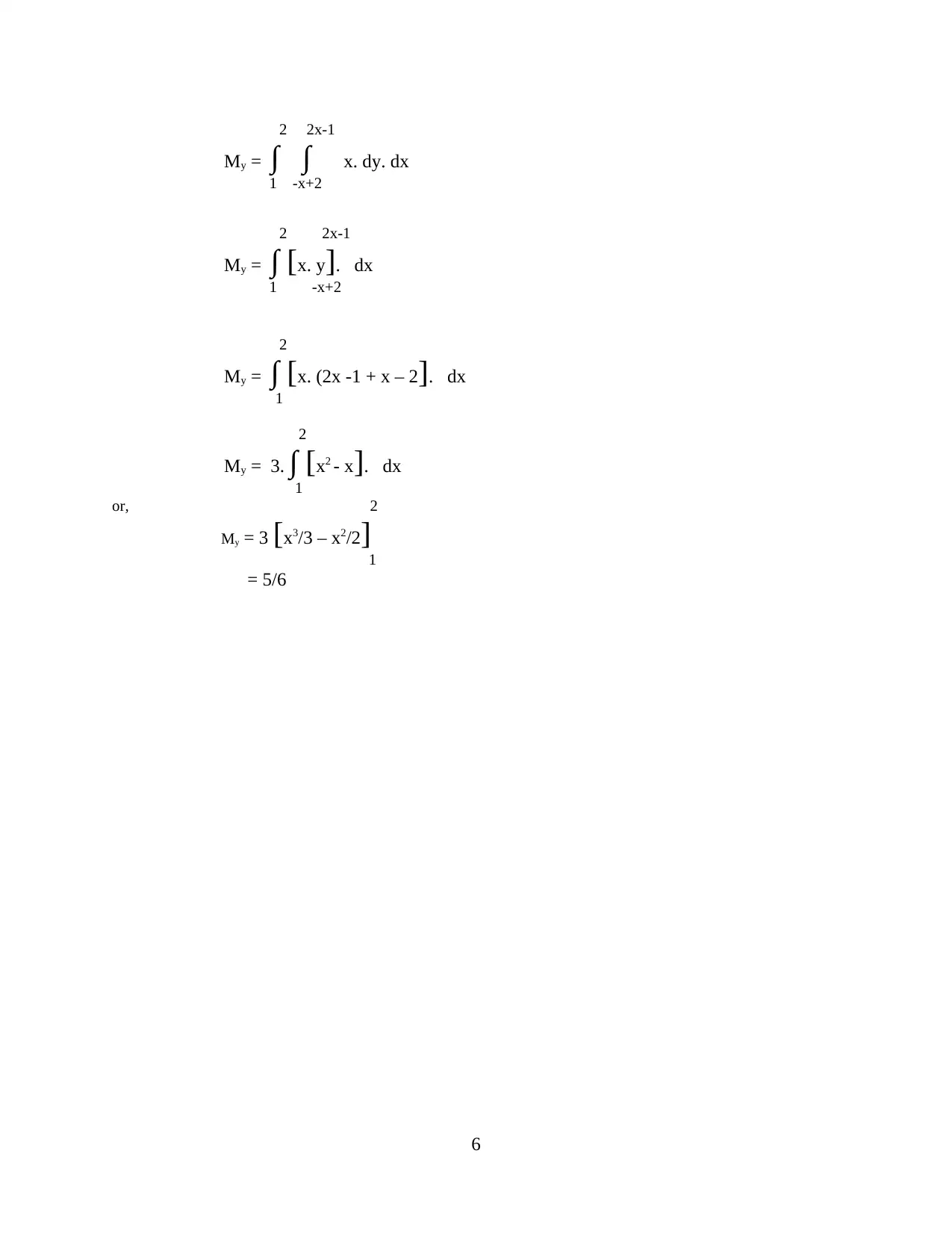
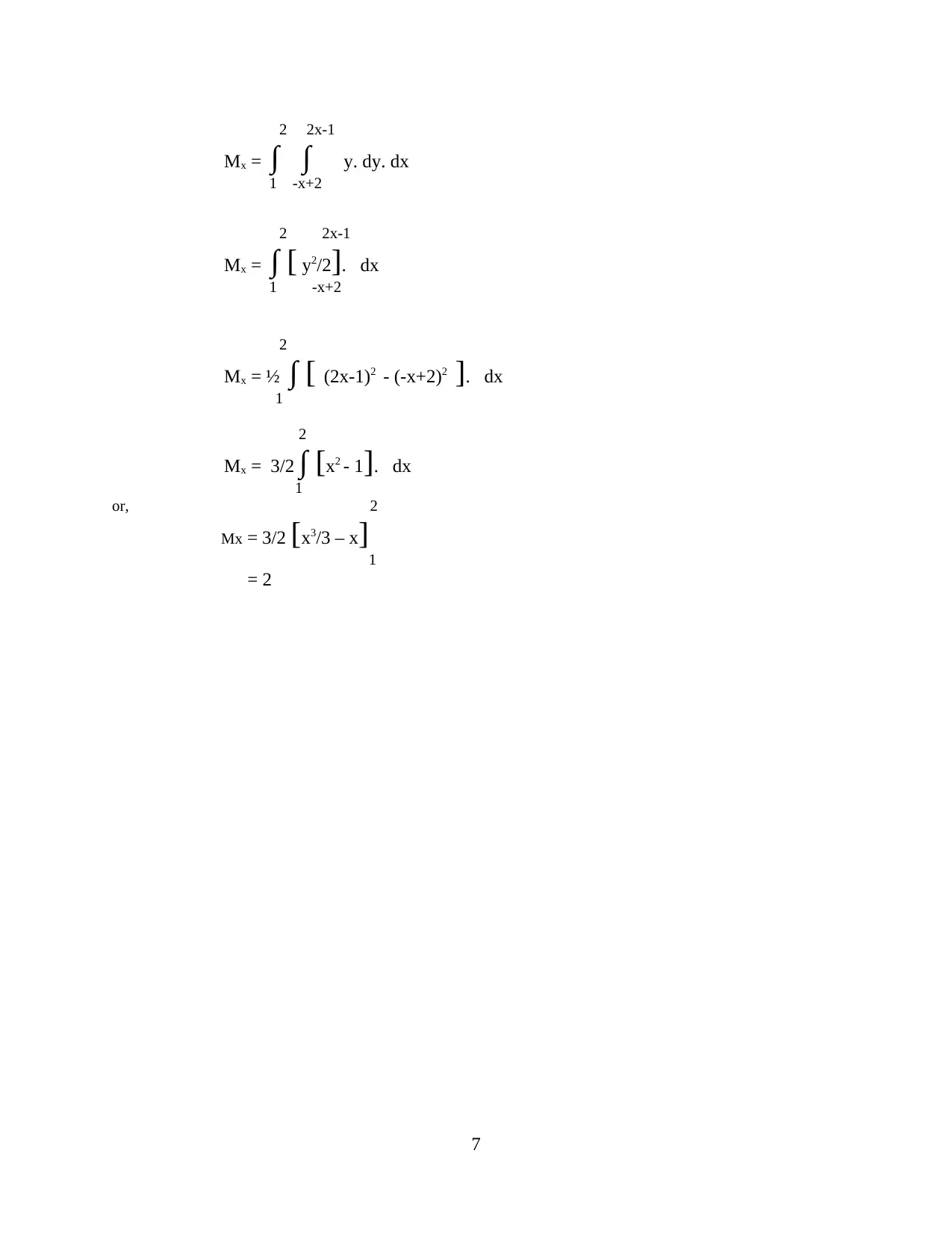

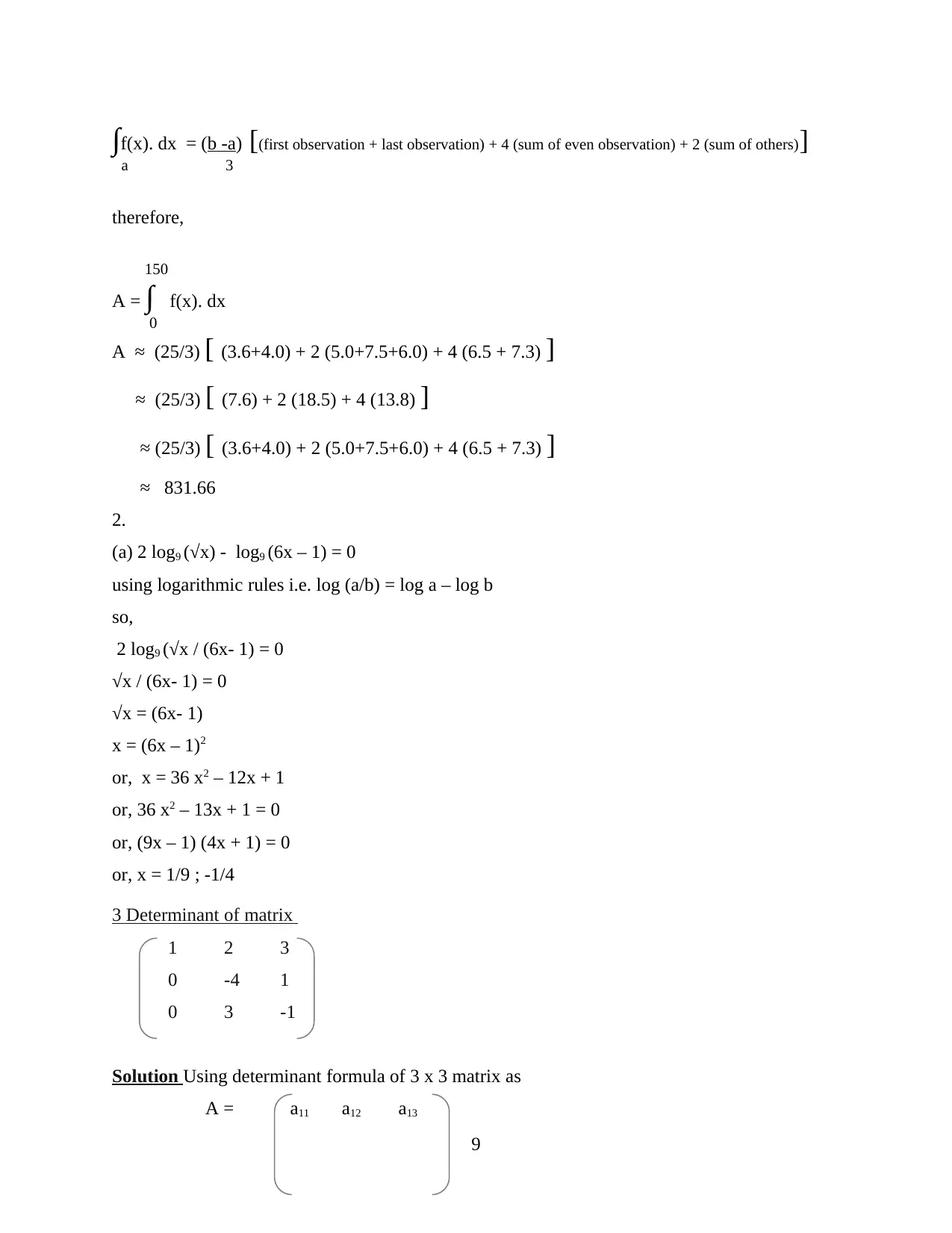
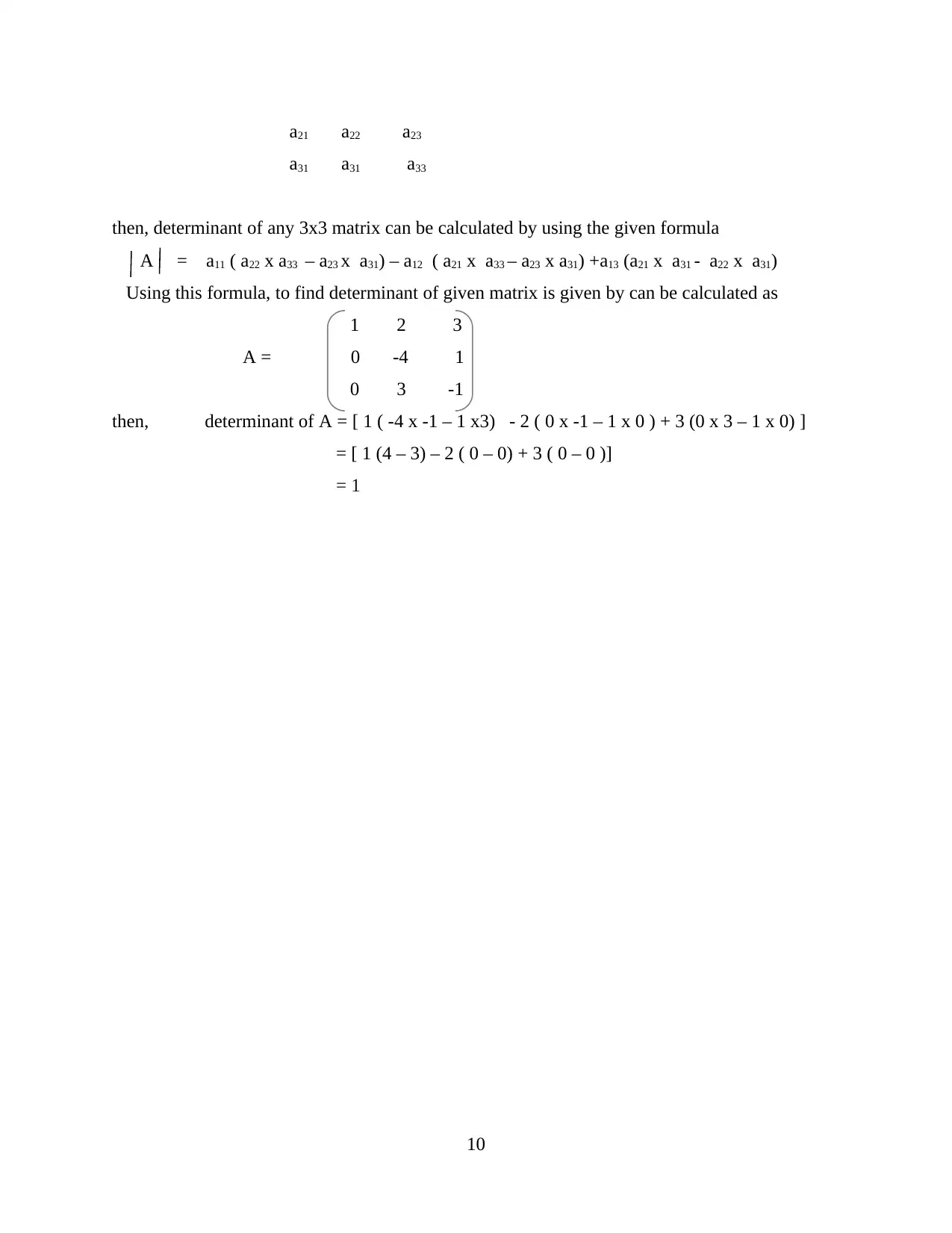







![[object Object]](/_next/static/media/star-bottom.7253800d.svg)